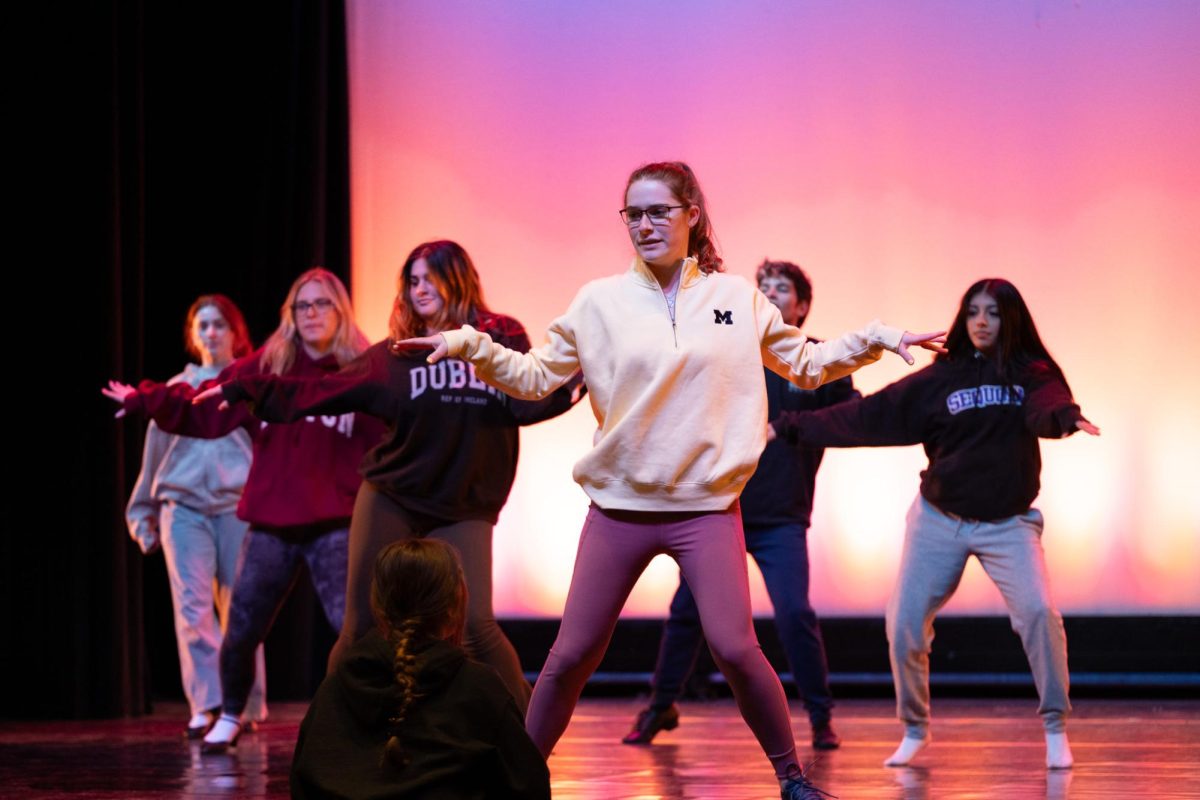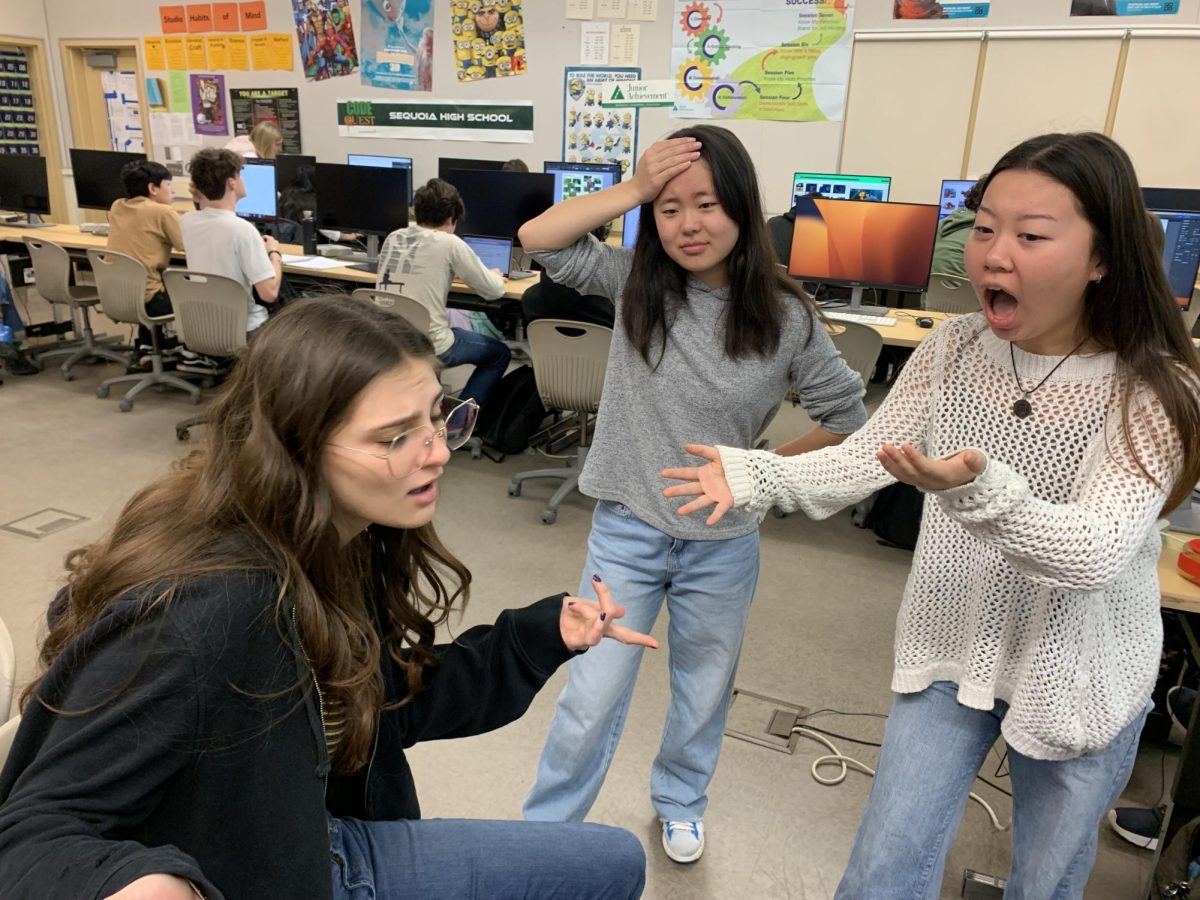Logan Paul video presses play on content controversy
February 5, 2018
22-year-old Logan Paul’s Youtube channel, ‘Logan Paul Vlogs’ has 487 videos uploads, totaling over three billion combined views.
Uploading shocking or unexpected videos has always been a way for YouTubers to captivate potential audiences, but a recent controversial video begged the question of where YouTubers should draw an ethical line when reaching for publicity.
On Dec. 30, YouTube sensation Logan Paul posted a video of him and some friends visiting the Japanese Aokigahara “suicide forest.” There, they filmed the body of a suicide victim they came across; many outraged viewers took to twitter and other social media platforms to express their negative reactions.
Paul recently reached the 15 million subscriber milestone after he began his YouTube vlog channel in 2016. Many of his videos consist of himself doing crazy or amusing stunts, such as riding a Christmas tree tied to a truck down the street, which he uploads regularly. These videos, called ‘vlogs’ are a genre of less-formal videos that give viewers a glimpse into the daily lives of popular public figures.
Junior Lex Navarra, who was a fan of Logan Paul in previous years, believes that one of the reasons teens are so drawn to these videos is because they showcase the lives of people who take risks and make bold decisions in their everyday lives.
“It’s like an escape because a lot of middle schoolers and high schoolers are going through a lot, and they don’t get to do a lot of the amazing things YouTubers get to do,” Navarra said. “Knowing that someone has an everyday life like that, it’s captivating.”
This means that the success of these vlogs depends on how entertaining the audience finds them, which leads to creators doing ridiculous or dangerous things to get views.
“There’s always pressure to come out with something new and exciting, and in cases like this it’s also about how you’ve got to one-up somebody,” Youth Development Coordinator Whitney Fitzgerald said. “I want to respect someone who needs to be able to live their own personal life, but when you’re posting these kinds of things out there and you’re sharing that, you can’t ignore the fact that you have influence.”
The focus of Logan Paul’s channel is similar: producing the kind of content that draws viewers in for shock value. Even so, his recent video pushed the limits of what constitutes entertainment. The video was criticized on social media and even major news outlets for being offensive towards anyone suffering from depression or other mental health disorders.
“I don’t think it acknowledges the crisis of mental health that we have,” Fitzgerald said. “It’s honestly laughing at someone who may have mental health issues, may be depressed or may be suicidal, and it adds to the stigma, rather than helping take it away.”
In the wake of the negative backlash, Paul posted both a written apology and video to his Twitter claiming that the video was meant to raise awareness for suicide prevention. Still, many people believe it did more harm than good.
“Everyone is human, and everyone does make mistakes; however, I feel like celebrities should be held to a slightly higher [level of] accountability,” Navarra said. “Because they have so many people following them, they should be so much more aware of what their actions can do.”
But being put under public scrutiny and ridicule may have prompted Paul to genuinely try to fix any damage he has caused, starting with donating $1 million to suicide awareness organizations. Although he seems to be attempting to correct his mistakes, there are still questions being asked as to how much is genuine versus a ploy for publicity.





